Table of Contents
Forget the crowded gym scene. Maybe your schedule is a mess, or perhaps gym fees just feel like throwing money into a black hole. Whatever the reason, you've probably wondered if building a truly respectable chest is even possible without racks loaded with plates. The common wisdom says you need heavy benches and fancy machines to pack on mass. But what if I told you that a serious at home chest workout for mass isn't just a pipe dream? It's entirely achievable, provided you ditch the random sets of push-ups and actually apply some structure and intelligence to your training.
Why an At Home Chest Workout for Mass is Possible
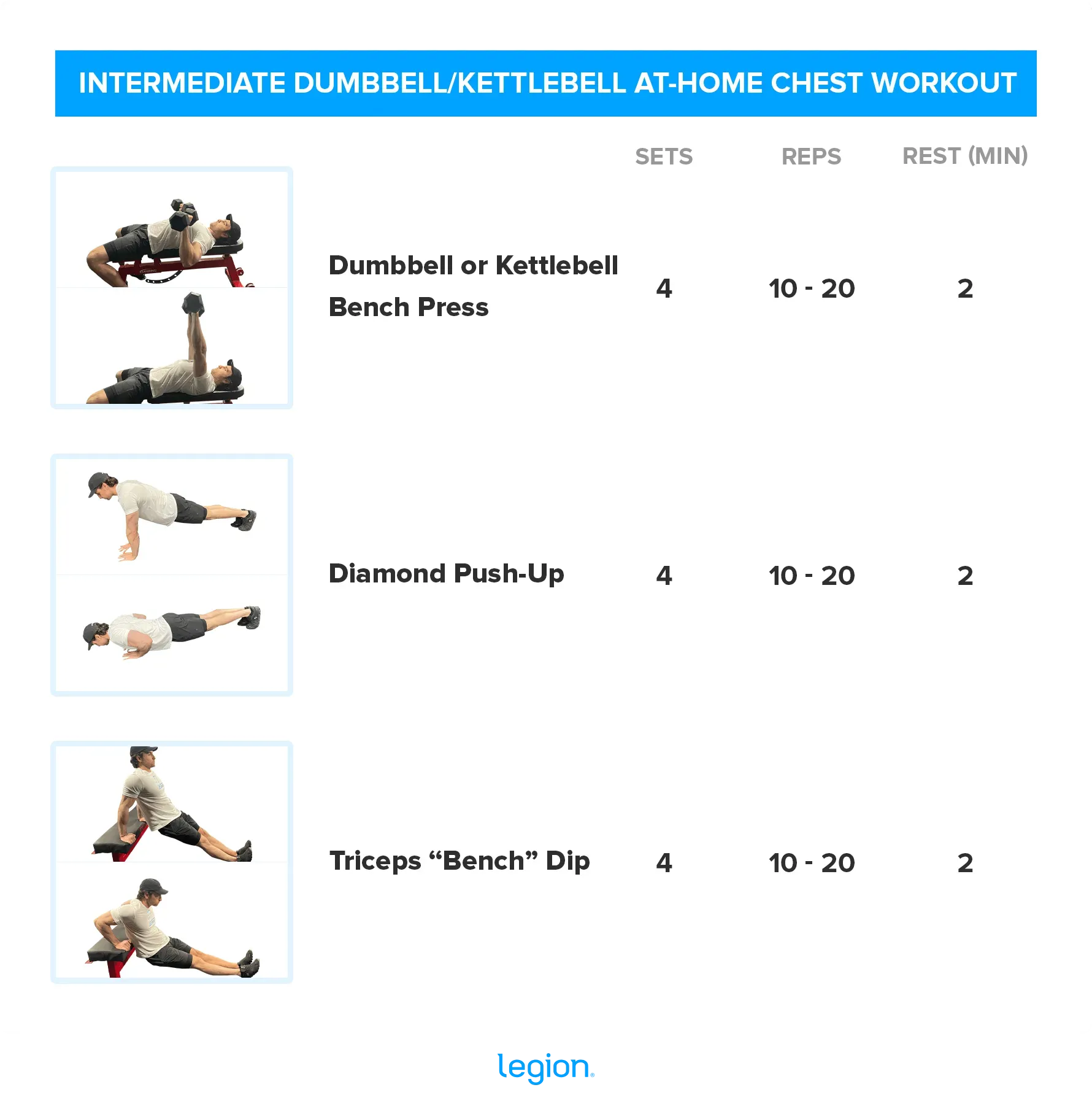
Why an At Home Chest Workout for Mass is Possible
Why an At Home Chest Workout for Mass is Possible
Look, the idea that you absolutely need a gym packed with heavy iron to build a significant chest is just plain wrong. An at home chest workout for mass is absolutely possible because the fundamental rules of muscle growth don't change just because you're in your living room instead of a commercial gym. Your chest muscles, like any other muscle group, respond to tension and progressive overload. If you can apply enough resistance and consistently make that resistance harder over time, your muscles have no choice but to adapt and grow. Bodyweight exercises like push-ups, dips (if you have parallel bars or sturdy chairs), and variations thereof, when performed correctly and pushed to near failure, create significant tension. Add in some resistance bands or even just manipulate leverage and tempo, and you have potent tools for stimulating hypertrophy right where you are.
- Muscle growth relies on tension and progressive overload.
- Bodyweight exercises can provide sufficient tension.
- Varying exercise difficulty is key for progression at home.
Gear Up (or Not): Equipment for Your At Home Chest Workout for Mass
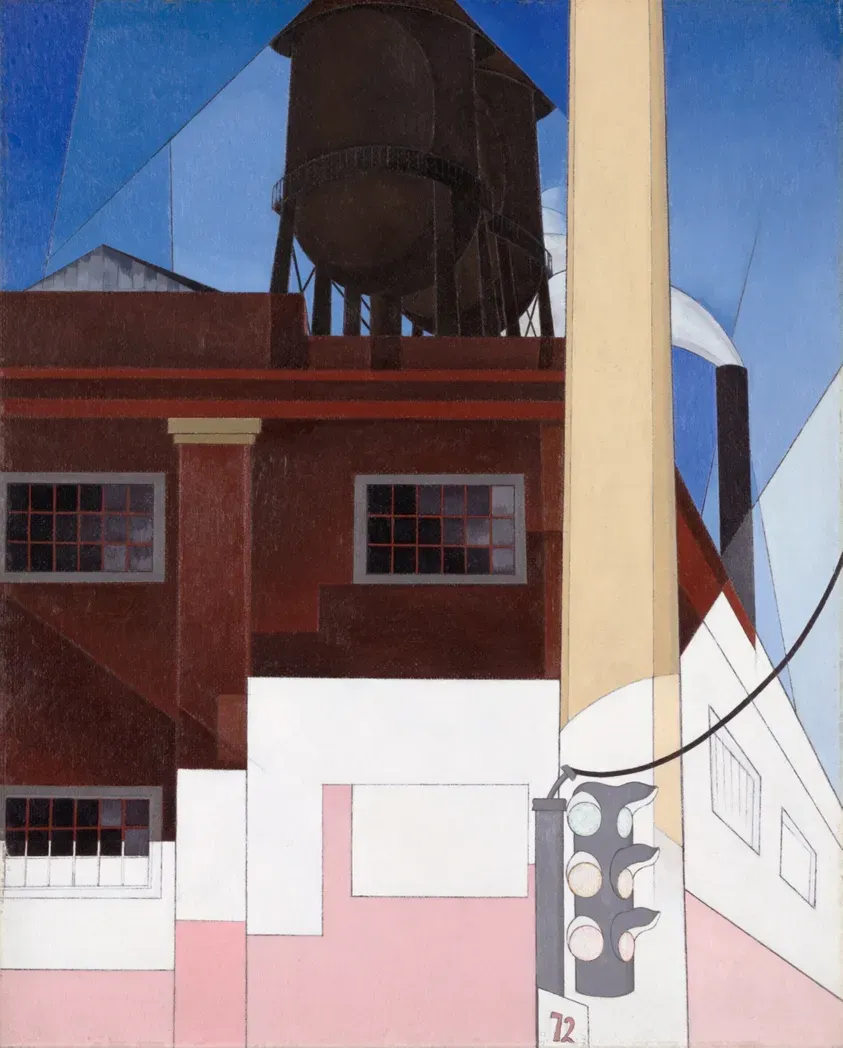
Gear Up (or Not): Equipment for Your At Home Chest Workout for Mass
Starting With Nothing But Your Body
let's be real. The absolute beauty of an at home chest workout for mass is that you can literally start with zero equipment. Your own bodyweight is a powerful tool. Think about classic push-ups. They're not just for beginners. By changing your hand position (wide, close, diamond), elevating your feet (decline push-ups), or slowing down the tempo, you can make them incredibly challenging. You can even do single-arm variations or archer push-ups as you get stronger. It's all about manipulating leverage and tension. Don't underestimate the grind you can get just by pushing your own weight.
I remember trying to do my first proper decline push-ups with my feet on a chair – it felt way harder than I expected. It’s that simple adjustment that changes the angle and puts more load on the chest. No fancy machine needed.
Adding Simple, Cheap Tools
Now, while bodyweight is king, a few cheap pieces of gear can seriously elevate your at home chest workout for mass. Resistance bands are gold. They provide accommodating resistance, meaning the tension increases as you push, which is fantastic for muscle fibers. You can do band push-ups, band flyes (anchored to something sturdy), and even band presses. Another must-have? Sturdy chairs or parallettes for dips. Dips are arguably one of the best chest builders out there, hitting the lower chest hard. If you don't have parallettes, two stable chairs placed side-by-side work perfectly. Just make sure they won't slide out from under you.
These aren't big investments, maybe $20-$50 total, but they unlock a whole new level of exercises and progression possibilities.
Simple Gear to Consider:
- Resistance Bands (various strengths)
- Sturdy Chairs or Parallettes
- Push-up Handles (optional, easier on wrists)
- Gymnastics Rings (more advanced, but amazing)
Stepping Up Your Home Arsenal
If you're getting serious about your at home chest workout for mass and have a little more space and budget, consider some slightly bigger items. Adjustable dumbbells are fantastic because they allow for progressive overload across a wide range of weights and exercises like flat presses, incline presses, and flyes. A cheap, adjustable bench is another game changer, letting you hit different angles crucial for full chest development, especially the upper chest. Even a simple pull-up bar mounted in a doorway can be used for various bodyweight rows, which balance out all that pressing.
You don't need a full power rack and dozens of dumbbells. A pair of adjustable dumbbells and a bench can cover almost everything you need for a comprehensive chest routine at home.
Designing Your Killer At Home Chest Workout for Mass Routine
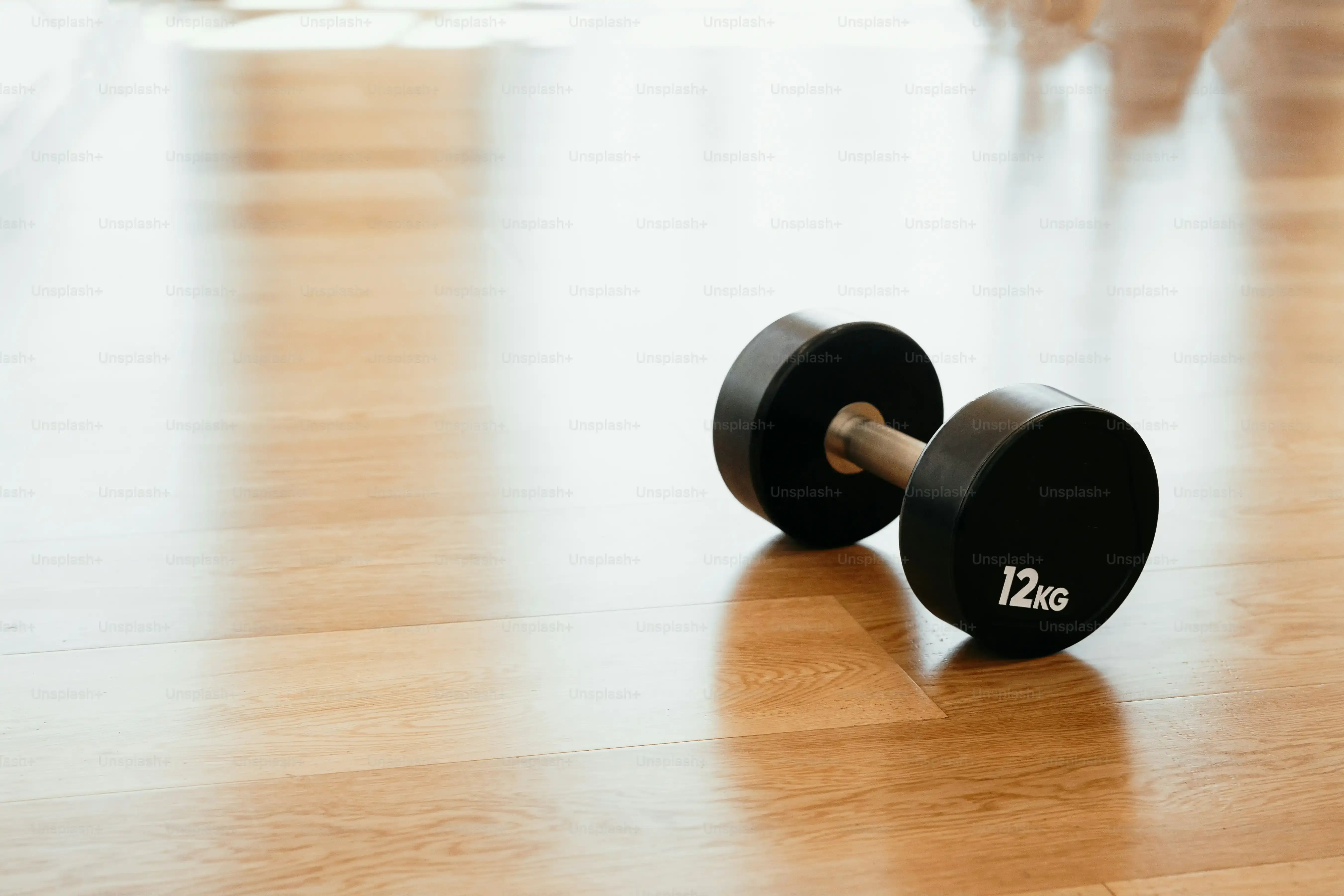
Designing Your Killer At Home Chest Workout for Mass Routine
Starting Strong: Exercise Selection and Frequency
Alright, so you've got your gear (or lack thereof), now how do you actually put together an at home chest workout for mass that isn't just random pushing? You need structure. Think like you're building a house – you start with the foundation. For your chest, that means prioritizing compound movements. These hit multiple muscle groups and allow you to move the most resistance, even if that resistance is just your bodyweight. Push-up variations are your bread and butter here – classic, wide-grip, close-grip, decline. If you have chairs, dips become a cornerstone. Aim to hit your chest 2-3 times a week, allowing a day of rest in between sessions for recovery.
Don't just pick random exercises. Choose 2-3 compound movements you can perform with good form and push hard on. Follow these up with an isolation exercise if you want, like band flyes or even just focused squeeze holds at the top of a push-up. The goal is consistent, challenging work, not just getting sweaty.
Making It Hurt (In a Good Way): Progressive Overload at Home
Building mass with an at home chest workout for mass boils down to one principle: making it progressively harder. If you can do 20 push-ups easily today, doing 20 again next week won't build muscle. You have to challenge yourself constantly. This is where creativity comes in without heavy weights. Once you can comfortably hit the higher end of your rep range (say, 15-20 reps for push-ups), it's time to change something. Slow down the lowering phase (eccentric). Add a pause at the bottom. Elevate your feet to increase the difficulty (decline push-ups). Move to a harder variation like archer push-ups or pseudo planche push-ups. If you have bands, use a thicker one or double them up. With dips, work towards adding weight if possible (a backpack loaded with books works) or slow the tempo dramatically.
Getting stronger isn't just about adding plates; it's about increasing the demand on the muscle fibers. Find ways to make those last few reps a real struggle. That's where the growth happens.
At-Home Progressive Overload Tactics:
- Increase Reps (within a target range, e.g., 8-15 for hypertrophy)
- Increase Sets
- Slow Down Tempo (e.g., 3-4 seconds lowering)
- Add Pauses (at the bottom or mid-range)
- Decrease Rest Time Between Sets
- Use Harder Exercise Variations (decline push-ups, one-arm push-ups, weighted dips)
- Increase Resistance (bands, weighted backpack for dips)
- Focus on Time Under Tension
Advanced Tactics to Maximize Your At Home Chest Workout for Mass
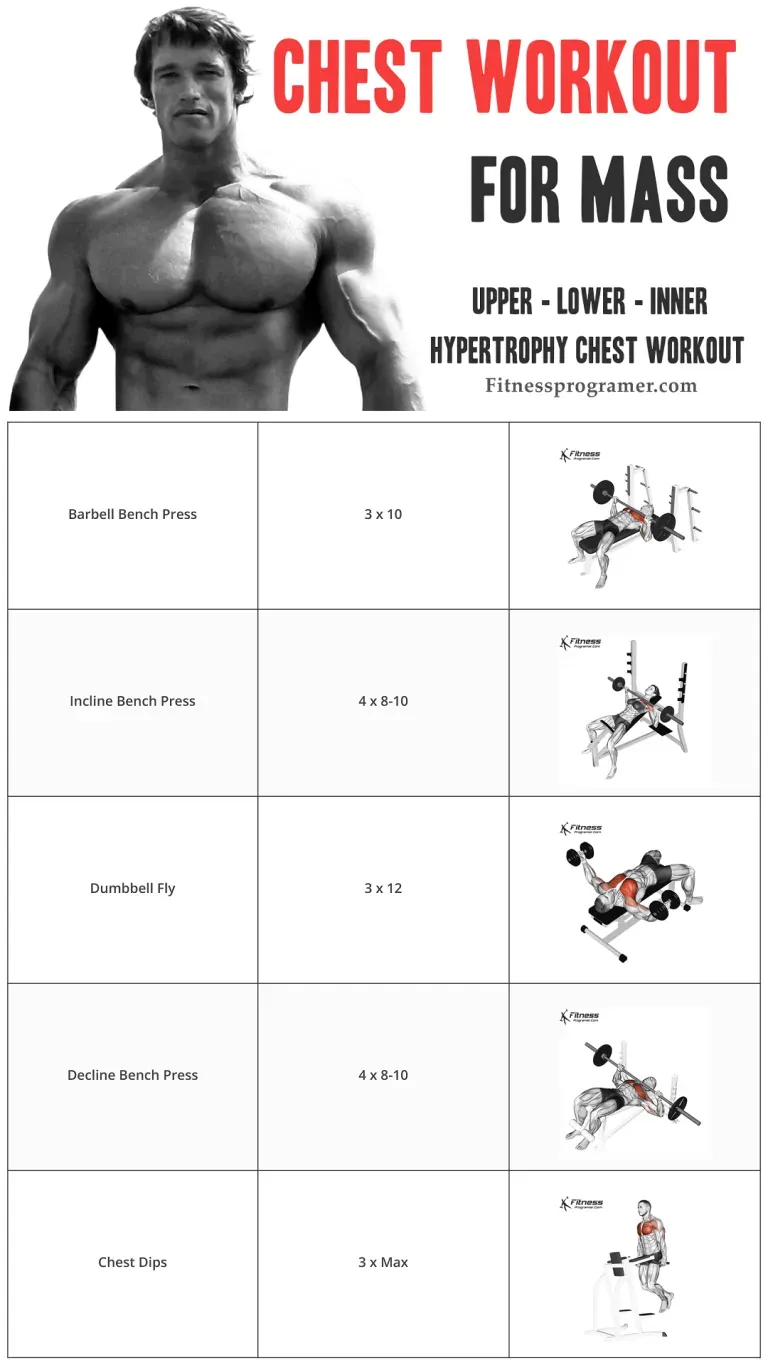
Advanced Tactics to Maximize Your At Home Chest Workout for Mass
Going Beyond the Basics
So, you've mastered the standard variations and are looking to push your at home chest workout for mass to the next level? This is where you get clever with intensity techniques. Think about things like supersets, where you pair two exercises back-to-back with no rest, like doing a set of decline push-ups immediately followed by a set of band flyes. Or try tempo training, really slowing down the eccentric (lowering) phase of exercises like push-ups to increase time under tension – that burn tells you it's working. Another killer tactic is incorporating isometric holds; pausing and squeezing your chest hard at the top of a push-up for a few seconds can recruit extra muscle fibers. Don't just move through the motions; actively try to make the exercise harder than it looks on paper. That extra focus on muscle connection is key when you don't have heavy weights.
Avoiding Pitfalls in Your At Home Chest Workout for Mass Journey
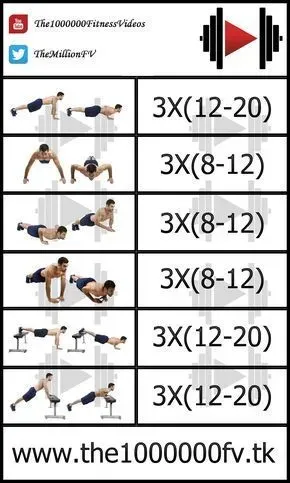
Avoiding Pitfalls in Your At Home Chest Workout for Mass Journey
so you're hyped about your at home chest workout for mass. You've got the gear (or lack thereof) and some exercises in mind. But hold up. It's easy to fall into traps that kill your progress before it even starts. The biggest one? Crappy form. Doing a hundred sloppy push-ups is less effective than doing ten perfect ones. Seriously. You're just reinforcing bad movement patterns and asking for shoulder pain. Another major screw-up is failing to track anything. If you don't know how many reps you did last week or what variation you used, how do you know if you're actually progressing? You're just guessing, and guessing doesn't build muscle. Lastly, inconsistency is the silent killer. Skipping workouts because you "don't feel like it" or because the couch looks comfy means your muscles never get the consistent signal they need to grow. An effective at home chest workout for mass demands discipline, just like any other training program.
Building Your Chest at Home: It's About Strategy, Not Location
So, there you have it. Building a solid, mass-monster chest doesn't absolutely require a monthly gym membership or hauling hundreds of pounds of iron into your basement. An at home chest workout for mass is absolutely within reach, but it demands more than just dropping and giving twenty whenever you feel like it. It demands applying the principles of progressive overload, hitting the muscle hard with proper technique, and being consistent, even when your living room feels less like a training ground and more like... well, your living room. Stop making excuses about needing a fancy setup and start making progress with what you have. The muscle fibers don't know if they're being stressed under a barbell or during a brutal set of deficit push-ups; they just respond to the stimulus. Give them the right one, consistently, and watch what happens.
